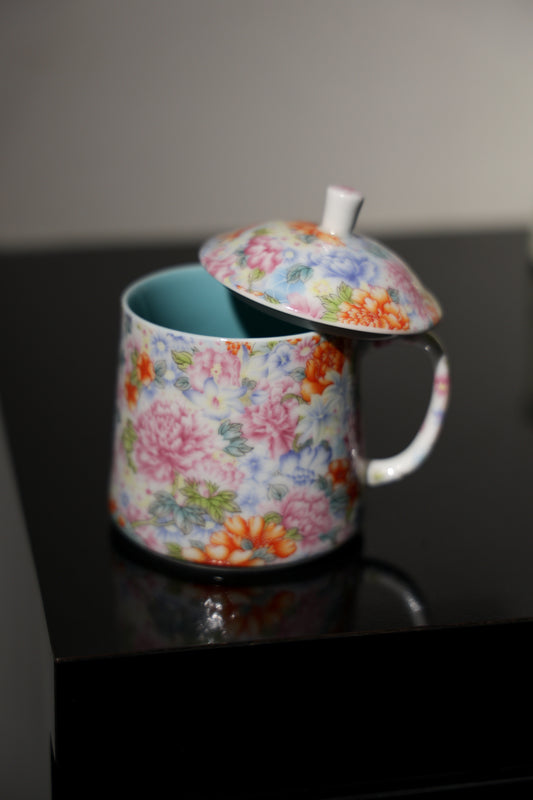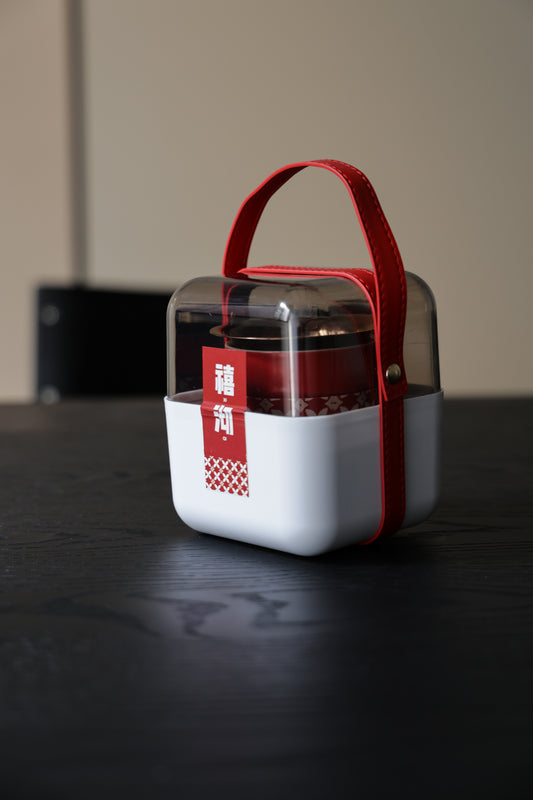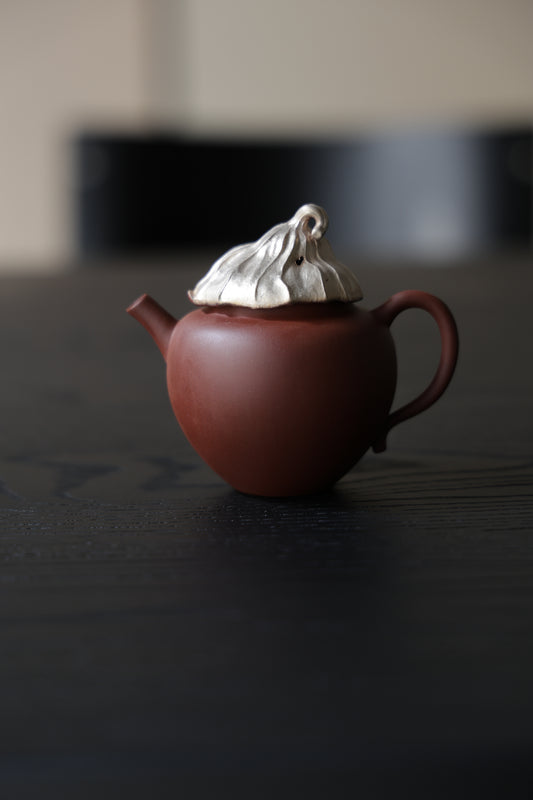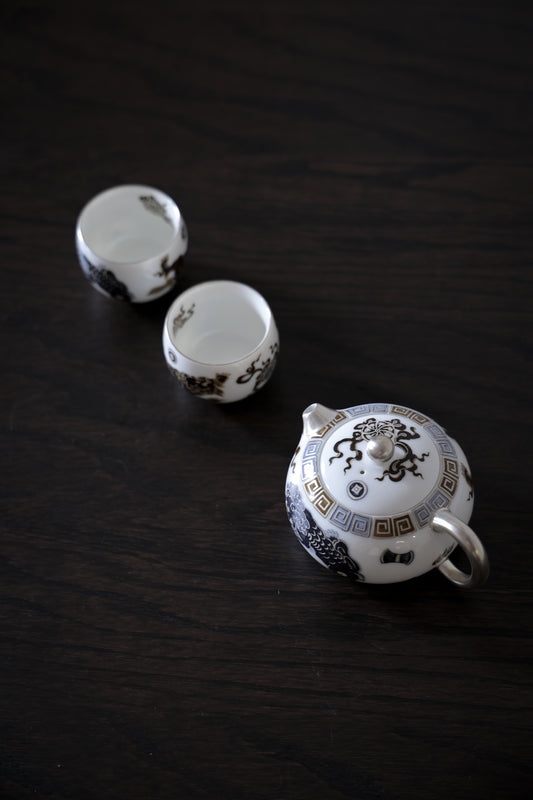
Tea Traditions: A Guide to Dry and Wet Brewing Methods
YuanKevinShare
Tea brewing is an art that has been refined over centuries, and two of the most popular methods are the dry brewing method (干泡法) and the wet brewing method (湿泡法). Each has its own unique characteristics and is suited to different types of tea and occasions. Understanding these methods can enhance your tea-drinking experience, allowing you to appreciate the subtleties of the beverage fully.
 Wet Brewing Method
Wet Brewing Method
|
|
|
|
|
|
|
|
|
|
|
|
|
The wet brewing method is less precise than the dry brewing method. It involves placing tea leaves in a teapot, pouring hot water over them, and allowing the tea to steep for a longer period. |
|
|
|
|
|
|
|
|
|
|
| Advantages: |
|
|
|
|
Aroma: It allows the tea's aroma to be fully appreciated through multiple infusions. |
|
|
Versatility: It can be used for various teas, making it a versatile brewing method. |
Ceremony: The process is meditative and enhances the tea-drinking experience, making it suitable for special occasions and connoisseurs. |
 Dry Brewing Method (The Teaset available for sale Online)
Dry Brewing Method (The Teaset available for sale Online)
Key Differences and Considerations
Control vs. Convenience:
- The dry brewing method offers greater control over the brewing process, allowing for multiple infusions and a deeper exploration of the tea's flavor profile. It requires more equipment and skill, making it more suitable for tea enthusiasts and special occasions.
- The wet brewing method is more convenient and straightforward, suitable for casual tea drinking and larger groups. It requires less equipment and is easier to master, making it ideal for everyday use.
Flavor and Aroma:
- The dry method enhances the tea's aroma and allows for a more complex flavor profile to develop through multiple infusions.
- The wet method provides a consistent flavor and is less focused on the nuanced changes in aroma and taste that come with multiple infusions.
Equipment and Setup:
- The dry method requires more specialized equipment, including a gaiwan or Yixing teapot, tea tray, fairness cup, and small cups.
- The wet method can be performed with a larger teapot and a simple tea tray with drainage.
Both the dry and wet brewing methods have their unique advantages and are suited to different contexts and preferences. The dry method, with its focus on precision and mindfulness, is perfect for those who wish to immerse themselves in the art of tea brewing. The wet method, with its ease and versatility, is ideal for everyday tea drinking and social gatherings. Understanding these methods allows you to choose the best approach for your tea-drinking experience, whether you're savoring a fine oolong or enjoying a casual cup of green tea with friends.








